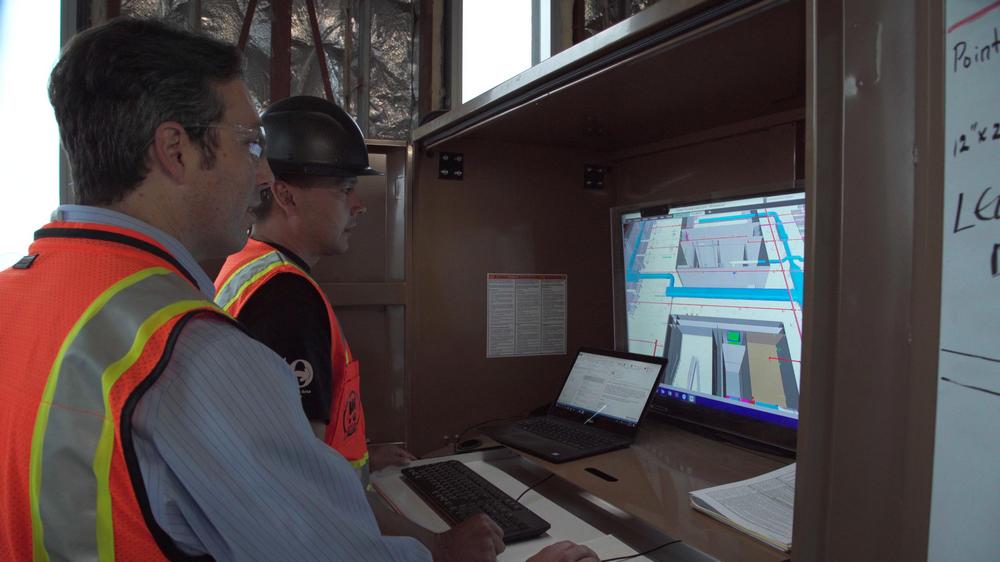
Decades ago, consumers had to choose between an efficient and lower-performing HVAC unit or a large and bulky high-performance unit. Fortunately, that dichotomy is over, thanks in part to technological innovations, market forces and of course, government regulations. The industry is focusing on improving efficiency with performance because it is critical to find ways to lower energy usage to help be good stewards of the environment.
Whether a system is new or existing, a well-trained contractor is key to optimizing efficiency and indoor air quality.
In January, the Department of Energy enacted its updated minimum energy-efficiency requirements for residential HVAC units. The requirements also ushered in new standards (SEER2, HSPF2 and EER2), which were all built upon their predecessors in terms of efficiency. These new standards provide a clearer look at how an HVAC unit performs in the “real world” rather than in a shop. The new requirements have, and will continue, to spur further innovation in the field as manufacturers work to stay ahead of new requirements.
SMACNA is supportive of these new minimums, but we also know that most clients have a system that is operable and will be for years to come. We are advising our members to be especially communicative of future service needs with clients as parts may be harder to come by for older units.
As the DOE is pushing the industry toward efficiency in new units, we must do the same with clients and their existing units. We all have a role to play in educating clients that HVAC systems are not something you can do-it-yourself, or worse, neglect.
SMACNA members have also seen what happens when well-meaning clients take the do-it-yourself approach to improve indoor air quality. I’ve encountered facility managers who have fully opened their outdoor air dampers at times when it’s not necessary or efficient, putting undue stress on the system. We’ve also seen the opposite in colder months, when well-meaning facility managers close their outside air dampers to keep heat inside the building. The lack of circulation leads to stagnant air right at the time of year when the rate of upper respiratory infections, like colds, influenzas and COVID-19 skyrocket.
Technicians should inspect and service a system bi-annually at the very least, but that’s very much dependent on local conditions. For example, during the dusty spring season here in New Mexico, technicians are sent out monthly to inspect system filters catching fine particulates.
As for a typical inspection, technicians should spend time replacing the filter at its prescribed intervals but also testing the dampers, motors, belts, shivs and fans. It’s also important to ensure belts are properly tensioned on older units. These tune-ups are necessary in maintaining an HVAC unit’s efficiency.
Beyond a visual inspection, technicians should also be proactive and check the unit’s amperage use. If the amperage is significantly lower than usual, it’s time to check the filters first and then the coils to see if they’re plugged. SMACNA encourages its technicians to check this frequently before problems occur so clients can be prepared for it down the road. It also helps further the trust needed between the technician and the client to ensure they know you have their best interests in mind.
It takes education and reassurance from a knowledgeable technician to find that sweet spot between efficiency and indoor air quality. SMACNA is committed to developing an expert workforce that understands the nuances needed to serve our clients and their systems in the best and most effective ways possible.
Tony Kocurek is president of SMACNA and owner of Energy Balance & Integration, LLC.


